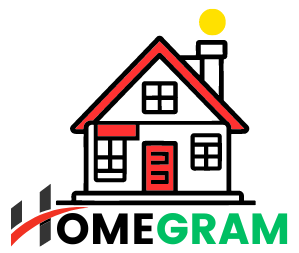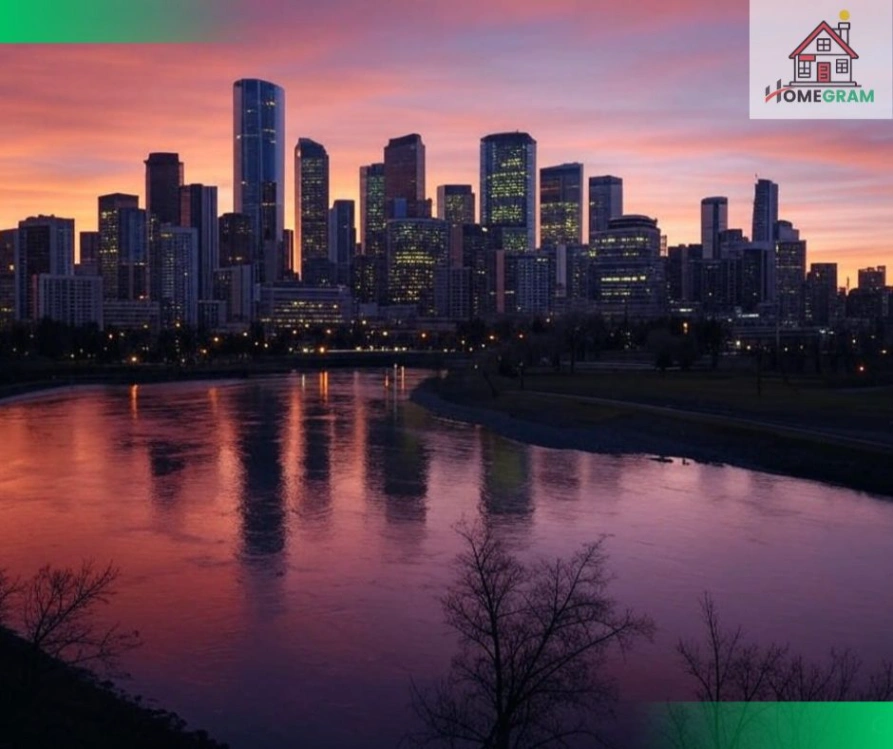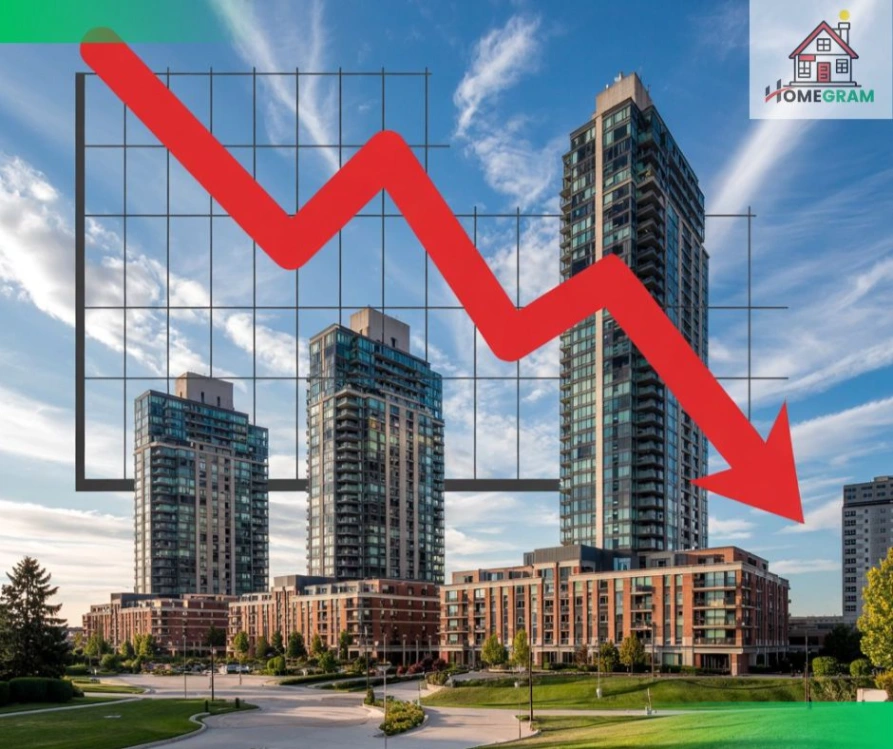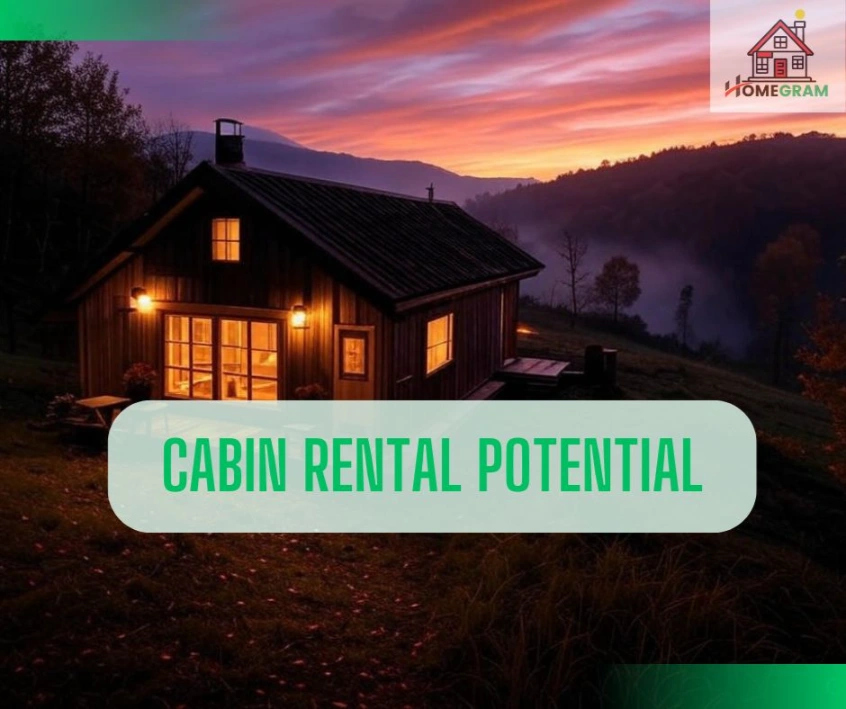From Rustic to Revenue: Evaluating Your Canadian Cabin's Rental Potential

Table of Contents
Introduction
With domestic tourism in Canada surging by 20% this spring, cabin owners are uniquely positioned to capitalize on the demand for scenic, affordable escapes. Whether your property is nestled in Muskoka’s lakeside havens or perched along BC’s rugged coast, this guide will help you unlock its full income potential. Learn how to analyze market trends, optimize amenities, navigate regulations, and turn your summer cabin into a year-round revenue engine.
Understanding Market Demand for Summer Cabins
The Rise of Domestic Tourism
Post-pandemic, Canadians are prioritizing local adventures. According to Destination Canada, 63% of travelers plan to explore their own province this summer. This shift boosts demand for cabins in regions like Québec’s Laurentians or Alberta’s Rockies.
Identifying High-Demand Regions
Hotspots: Muskoka (ON), Tofino (BC), and Banff (AB) command premium rates due to iconic landscapes.
Emerging Gems: Lesser-known areas like Nova Scotia’s South Shore or Manitoba’s Whiteshell are gaining traction.
Location: The Heart of Rental Success 🌍
Proximity to Attractions
Cabins near hiking trails, lakes, or cultural sites (e.g., Haida Gwaii’s Indigenous heritage tours) attract more guests. Use tools like Google Trends to spot rising destinations.
Year-Round vs. Seasonal Appeal
Summer: Focus on waterfront access and outdoor activities (kayaking, fishing).
Winter: Ski-in/ski-out cabins in Whistler or Mont-Tremblant can double occupancy.
Property Features That Maximize Rental Potential
Must-Have Amenities
Modern travelers expect:
- High-speed Wi-Fi 📶
- Fully equipped kitchens 🍳
- Heating/AC systems ❄️🔥
Unique Add-Ons for Premium Pricing
- Hot tubs or saunas ♨️
- Pet-friendly policies 🐾
- Eco-friendly solar panels ☀️
Navigating Seasonal Trends & Pricing Strategies 📅
Peak vs. Off-Peak Opportunities
Summer Rates: $300–$500/night in prime areas.
Shoulder Seasons: Offer discounts for spring hiking or fall foliage tours.
Dynamic Pricing Tools
Use platforms like Wheelhouse to adjust rates during local events (e.g., Ottawa’s Winterlude).
Legal Landscape: Regulations for Short-Term Rentals ⚖️
Zoning & Licensing
- Toronto requires short-term rental licenses.
- Vancouver restricts rentals to principal residences. Check municipal guides for compliance.
Tax Tips
Deduct maintenance costs and property management fees. Consult a CPA for GST/HST obligations.
Efficient Property Management for Higher Occupancy 🛠️
DIY vs. Professional Services
DIY: Use Hostaway for automated bookings.
Pros: Companies like Airbnb Co-Host handle cleaning and guest communication.
Tech Upgrades
Smart locks 🔑 and noise monitors ensure security and reduce neighbor disputes.
Crunching the Numbers: Financial Metrics That Matter 💸
ROI & Cash Flow
Example: A $300K cabin earning $30K/year with $10K expenses yields a 6.6% ROI.
Long-Term Appreciation
Areas like Canmore, AB, saw a 12% property value increase in 2023 (CREA).
Case Studies: Real-Life Success Stories
Muskoka Magic: A 3-bedroom cabin added a hot tub and fire pit, boosting revenue by 40%.
Tofino Transformation: An off-grid eco-cabin marketed as a “digital detox” retreat achieved 85% summer occupancy.
Pros & Cons of Renting Your Cabin
✅ Pros: Passive income, tax benefits, personal use.
❌ Cons: Seasonal vacancies, maintenance costs, regulatory hurdles.
FAQs
Q: Do I need a permit to rent my cabin?
A: Most municipalities require licenses. Check local bylaws.
Q: How much can I charge per night?
A: Compare similar listings on Airbnb or VRBO.
Conclusion
Evaluating your cabin’s rental potential requires balancing location, amenities, and smart pricing. With Canada’s domestic tourism boom, now’s the time to act.
References
- Destination Canada Tourism Trends
- Canadian Real Estate Association (CREA) Market Reports
- Municipal Short-Term Rental Guidelines
External Links:
🔁 Share this guide with fellow cabin owners! 🌟
Popular










